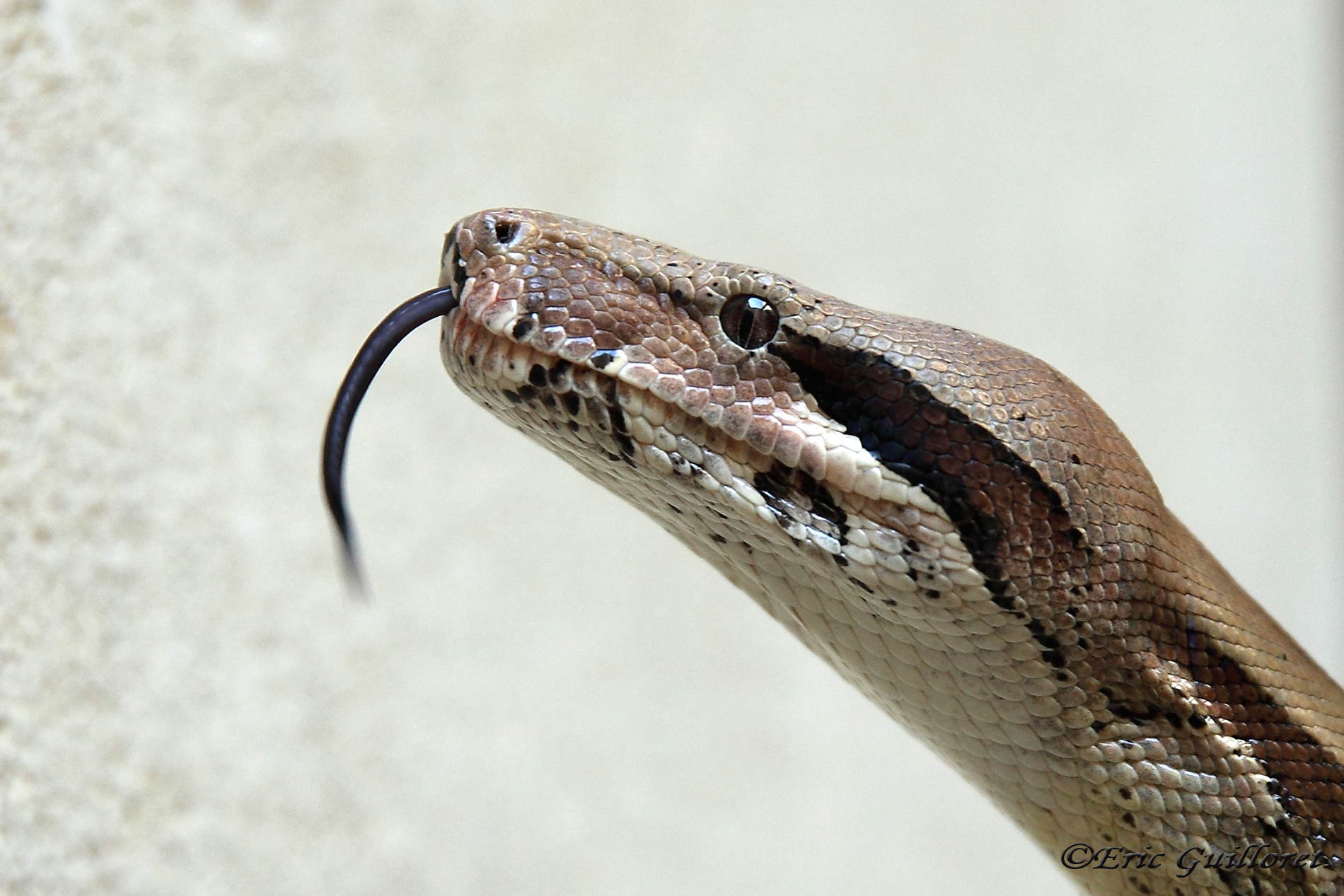
That being said, the Humane Society publication did report seven incidences of boa constrictors squeezing young children to death. Understandably, a pet boa will not usually mistake a human for a meal. The same is true for boa constrictors.ĭepending on your boa’s size, they may enjoy prey ranging from mice to rabbits. Most snakes tend to hunt prey that is smaller than a third of their body size. The chances of this happening are very slim. But what about the risk of constriction? Could a boa constrictor mistake you for prey, and try to squeeze you to death? So, the boa constrictor isn’t aggressive (usually), and their bites aren’t dangerous. We recommend that you don’t handle your boa during a shed or within 48 hours after a meal. They can also be more likely to act aggressively when shedding skin, and after having eaten. If a boa constrictor is acting aggressively, they’re probably sick, frightened, or have mistaken your hand for prey. As your boa gets used to you with repeated handling sessions, they’ll usually become much calmer. After all, they’re very small, and they’ve not yet developed a bond with humans. Like most snakes, as hatchlings, boas can be flighty. Boas enjoy being handled and will happily sit with you, sharing the warmth of your body. They’re rarely aggressive or bad-tempered, which is one of the reasons for their popularity as pets. Boa Constrictor Temperamentīoa constrictors are docile. Many incidents involved much more dangerous snakes such as reticulated pythons.īoa constrictors, in general, are quite placid and will not attack humans unless severely aggravated. However, not all of the culprits were boa constrictors. The Humane Society reported 17 constrictor-related deaths in the US since 1978, and “scores” of other incidents that did not result in death. However, there is more to consider than whether their bites can poison you. This means that they’re already much safer to keep in the home than a venomous snake would be. As they age, they can become more yellow.īoa constrictors have no venom. They are a pale cream color, with whitish markings. They contain both albino and anery genes. They appear similar to anery boas but are lighter in color. They are usually silver in color with dark grey saddle markings. They’re cream to yellow in color, with orangey-red saddle markings. These are amelanistic, meaning they completely lack melanin.

Their main body markings are both lighter in color than standard boas. It contains less melanin (black-brown pigment) than usual. Here is a list of some of the most popular boa constrictor morphs (colors): Hypo: These are also known as “morphs,” and came about due to selective breeding. Though most are grayish-brown in color, the common boa comes in many different color variations.
#BOA CONSTRICTOR IMPERATOR CAGE SIZE HOW TO#
Here is some information on how to tell the different species of boa apart. There are a further 9 or so subspecies, though these are less common. constrictor is called the “true red-tailed boa,” as it has large reddish-brown patches on its tail. imperator include “common boa,” “Colombian boa” or just “boa.” B. constrictor is a subspecies of boa constrictor, whereas b.


These are two distinct types of snakes: b. However, among herpers (snake enthusiasts), the term “boa constrictor” can refer to both boa constrictor imperator and boa constrictor. Scientifically, it refers to a particular species of boa. “Boa constrictor” is quite a confusing term.

They will still strangle already-dead prey before eating it. Still, their instinct to constrict is strong. Most people who own boa constrictors feed them pre-killed prey, as it’s safer for the snake. However, boa constrictor breeders have produced many different color “morphs” or variations over the years.īoas capture prey by constricting (squeezing) them to death. Regarding appearances, typical boa constrictors are usually brown, gray or cream-colored, with reddish-brown “saddle” shaped markings. Their family contains 48 other species of boa, according to the Integrated Taxonomic Information System.īoa constrictors can grow to between 3 and 13 feet long, depending on various factors we’ll get into later. Though they are often nicknamed “boas,” boa constrictors are a distinct species. Native to tropical regions in the Americas and the Caribbean, these snakes love the heat. 1.6.8 Are Boa Constrictors a Good Beginner Pet? Boa Constrictors Pet Care Guideīoa constrictors are large, heavy-bodied snakes in the family Boidae.


 0 kommentar(er)
0 kommentar(er)
